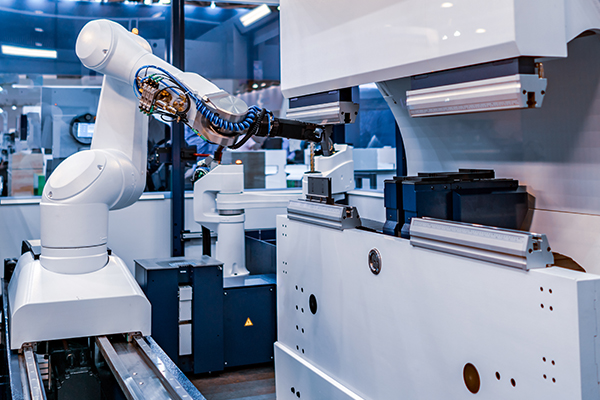Process valves are like "switches" and "regulators" in industrial pipeline systems. They are installed on pipelines where various fluids (liquids, gases, and even solid powder mixtures) flow through, and their core task is to control the flow state of these substances.
Main points of action:
1. Start and stop flow: The most basic function, like a water pipe switch, allows fluid to pass or completely cuts off the flow path.
2. Regulate flow: Not just open or close, but also finely control the amount of fluid flowing through the pipeline like a faucet.
3. Change flow direction: Some valves can guide fluids to different pipeline branches.
4. Control pressure: Under certain working conditions, valves can help maintain system pressure within a safe or required range.
5. Ensure safety: Some special valves will automatically release pressure or cut off when the system pressure is too high or other abnormal conditions occur to prevent accidents.
6. Isolate equipment: When a certain section of equipment in the pipeline needs to be maintained or repaired, closing the relevant valves can safely isolate it from the flow system.


